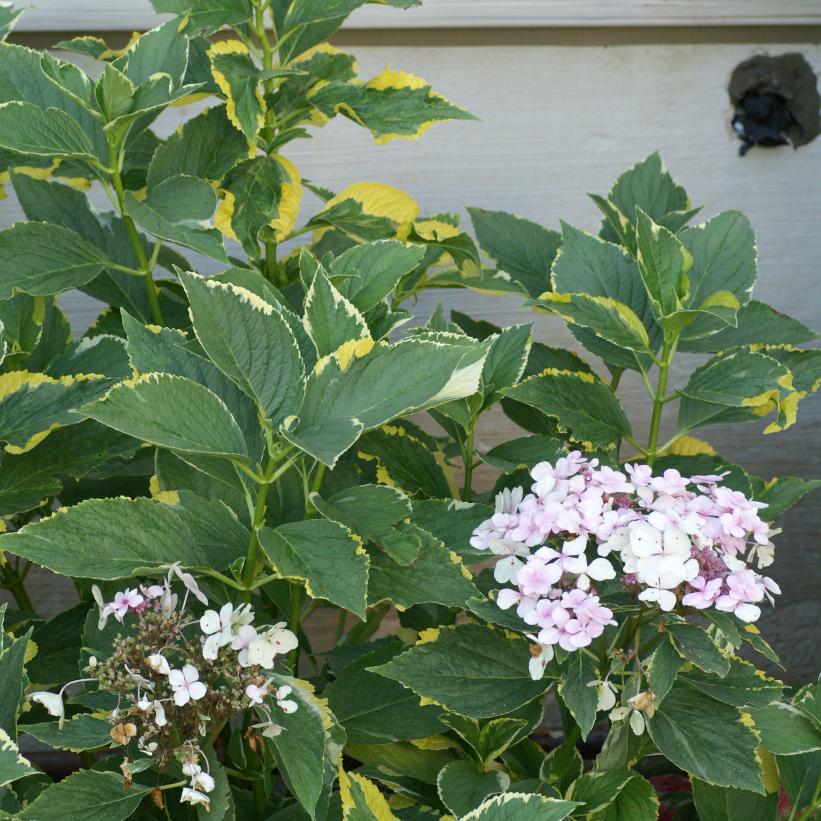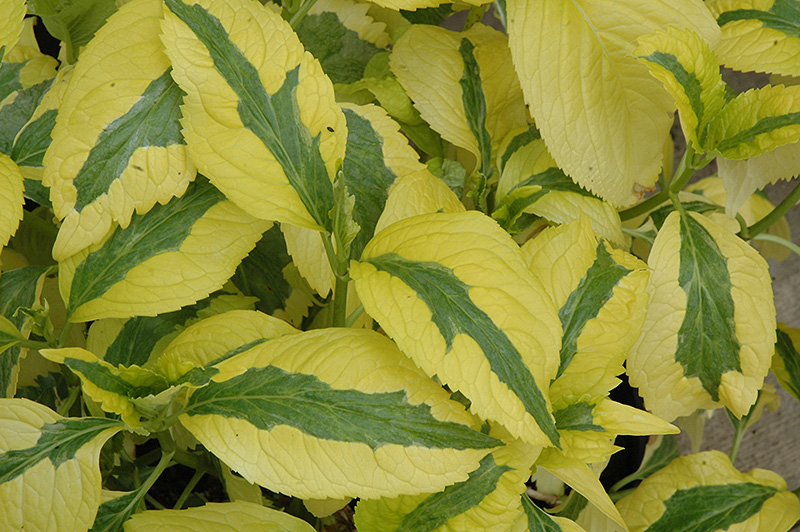The Lemon Wave Hydrangea: A Stunning Addition To Your Garden
The Lemon Wave Hydrangea is a beautiful and unique plant that can add a touch of elegance to any garden. It is known for its variegated leaves and large, lacecap flowers that bloom in shades of blue or pink. Lemon Wave Hydrangeas are relatively easy to care for and can thrive in a variety of conditions.
Main Content
- Introduction
The Lemon Wave Hydrangea is a relatively new variety of hydrangea, first introduced in 2007. It is a cross between the Limelight Hydrangea and the Endless Summer Hydrangea. Lemon Wave Hydrangeas inherit the best qualities of both of their parent plants. They have the large, lacecap flowers of the Limelight Hydrangea, but they are also more heat- and drought-tolerant than the Endless Summer Hydrangea.
- Variegated Leaves
One of the most striking features of the Lemon Wave Hydrangea is its variegated leaves. The leaves are a combination of yellow, cream, and green, which gives them a very unique appearance. The variegation is most pronounced in the spring and fall, but it can be seen throughout the growing season.
- Large, Lacecap Flowers
The Lemon Wave Hydrangea produces large, lacecap flowers that bloom in shades of blue or pink. The flowers are typically 4-6 inches in diameter and are held in clusters on top of the stems. The flowers bloom in the summer and can last for several weeks.
- Easy Care
Lemon Wave Hydrangeas are relatively easy to care for. They prefer full sun to partial shade and well-drained soil. They are also relatively drought-tolerant once established. Lemon Wave Hydrangeas should be fertilized once a month during the growing season.
- Pests and Diseases
Lemon Wave Hydrangeas are relatively resistant to pests and diseases. However, they can be susceptible to hydrangea leaf spot and powdery mildew. If you notice any signs of pests or diseases, you should treat them immediately.
- Where to Plant
Lemon Wave Hydrangeas can be planted in a variety of locations. They can be planted in the ground, in containers, or in raised beds. If you are planting them in the ground, choose a location that receives full sun to partial shade. The soil should be well-drained.
- Propagation
Lemon Wave Hydrangeas can be propagated by taking cuttings. To take a cutting, choose a healthy stem that is about 6 inches long. Remove the leaves from the bottom half of the cutting and dip the cut end in rooting hormone. Plant the cutting in a pot of well-draining soil and keep the soil moist. The cutting should root in about 6-8 weeks.
- Conclusion
The Lemon Wave Hydrangea is a beautiful and easy-care plant that can add a touch of elegance to any garden. If you are looking for a hydrangea that is both striking and low-maintenance, the Lemon Wave Hydrangea is a great choice.
If you are looking for a beautiful and unique hydrangea to add to your garden, the lemon wave hydrangea is a great option. This variety features stunning variegated leaves that are splashed with yellow, cream, and white. The flowers are also a lovely shade of pink or blue, depending on the acidity of the soil.
Lemon wave hydrangeas are relatively easy to care for and can thrive in a variety of conditions. They prefer partial shade and moist, well-drained soil. To keep your lemon wave hydrangea looking its best, be sure to water it regularly and fertilize it in the spring and fall.
If you would like to learn more about lemon wave hydrangeas, I recommend visiting . This website has a wealth of information about this beautiful flower, including its history, care requirements, and propagation methods. You can also find photos and videos of lemon wave hydrangeas in bloom.
FAQ of lemon wave hydrangea
1. What is a lemon wave hydrangea?
A lemon wave hydrangea is a type of hydrangea that is known for its bright yellow flowers. It is a deciduous shrub that can grow up to 6 feet tall and wide. Lemon wave hydrangeas are native to Japan and Korea.
2. When does lemon wave hydrangea bloom?
Lemon wave hydrangeas bloom in the summer, from June to August. The flowers are typically a bright yellow color, but they can also be pink or blue depending on the soil pH.
3. How do I care for a lemon wave hydrangea?
Lemon wave hydrangeas are relatively easy to care for. They prefer full sun to partial shade and well-drained soil. They should be watered regularly, especially during the summer months. Lemon wave hydrangeas are also susceptible to powdery mildew, so it is important to keep them well-ventilated.
4. How do I propagate a lemon wave hydrangea?
Lemon wave hydrangeas can be propagated by taking cuttings in the spring or fall. To take a cutting, simply cut a 4- to 6-inch piece of stem from a healthy plant. Remove the bottom leaves and dip the cut end in rooting hormone. Plant the cutting in a pot of well-drained potting mix and keep it moist. The cutting should root in about 4-6 weeks.
5. What are some pests and diseases that can affect lemon wave hydrangeas?
Lemon wave hydrangeas are susceptible to a few pests and diseases, including:
- Aphids: Aphids are small, soft-bodied insects that can suck the sap from hydrangea leaves. They can cause the leaves to wilt and curl.
- Powdery mildew: Powdery mildew is a fungus that can cause a white, powdery coating to form on hydrangea leaves. It can weaken the plant and make it more susceptible to other diseases.
- Scale insects: Scale insects are small, sap-sucking insects that can attach themselves to hydrangea stems and leaves. They can cause the leaves to yellow and drop off.
If you see any of these pests or diseases on your lemon wave hydrangea, you can treat them with insecticidal soap, neem oil, or a fungicide.
Image of lemon wave hydrangea
5 different images of "lemon wave hydrangea" from Pinterest:
- A close-up of a lemon wave hydrangea flower, showing its delicate petals and bright yellow color.

- A full bush of lemon wave hydrangeas, in full bloom. The flowers are arranged in large, conical clusters.

- A lemon wave hydrangea growing in a garden. The flowers are surrounded by lush green foliage.

- A lemon wave hydrangea in a vase, as a cut flower. The flowers are still bright and vibrant, even though they have been cut.

- A lemon wave hydrangea in a pot, on a patio. The flowers are in full bloom, and the plant is thriving in its sunny spot.

Post a Comment for "The Lemon Wave Hydrangea: A Stunning Addition To Your Garden"